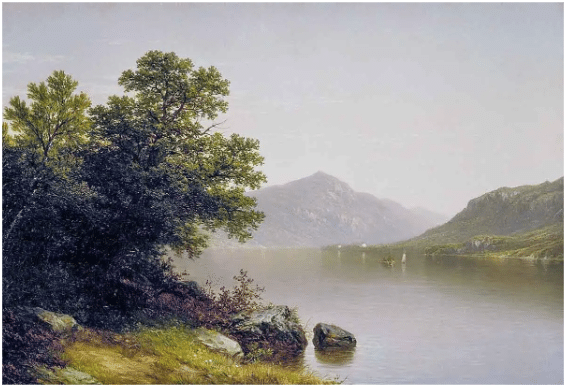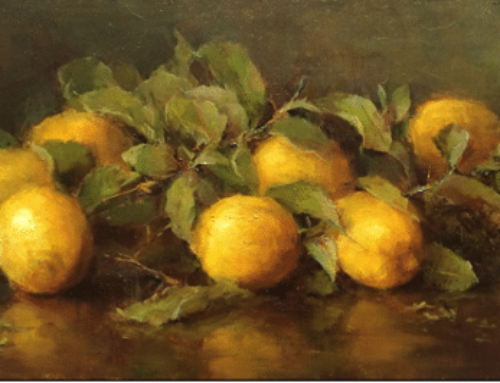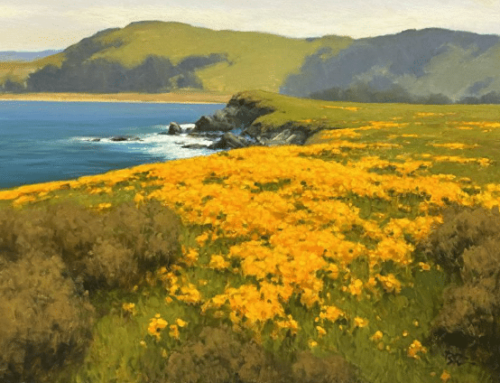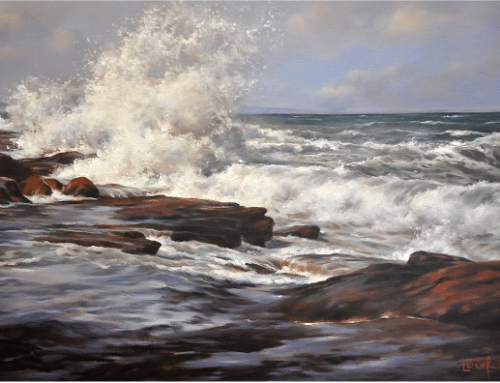Today we view some beautiful examples of “luminism” in American art.
What to Know
Luminism refers to a tendency in later nineteenth-century landscapes toward images of nature suffused with light suggesting a kind of Divine Illumination.
Luminist light is often cool, almost palpable, sometimes hard though often atmospheric. The paintings have a still, suspended quality, as if too strong a breath could dissipate the enchanted calm.
Luminism is a descriptive term from art history; there never was a group of painters who called themselves “the Luminists.” But at the time these folks painted (1850s-1870s), the idea was in the air: oneness with Nature could uplift sensitive souls to spiritual transcendence.
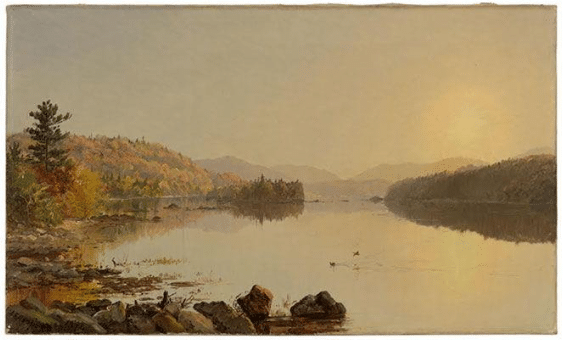
Jasper Francis Cropsey: Lake Wawayanda (1876)
The paintings, then, to some degree “illustrate” an idea found in American writers (such as Walt Whitman, Ralph Waldo Emerson, and Henry David Thoreau): that nature points toward a singular, benign force of creation embodied in the unending progress of life, death, and rebirth. In this view, even a single “leaf” of grass holds the infinite promise of Eternity:
“The smallest sprout shows there is really no death,
And if ever there was it led forward life, and does not wait at the end
to arrest it,
And ceased the moment life appeared.”
- Walt Whitman, Leaves of Grass (Song of Myself)
- Singing Beach, Manchester, Massachusetts, Museo Thyssen-Bornemisza, Madrid, Martin Johnson Heade, 1862.
Why it Matters
Luminism exemplifies a particularly beautiful way that realism can embody artistic vision and express something deeply felt about the world we share.
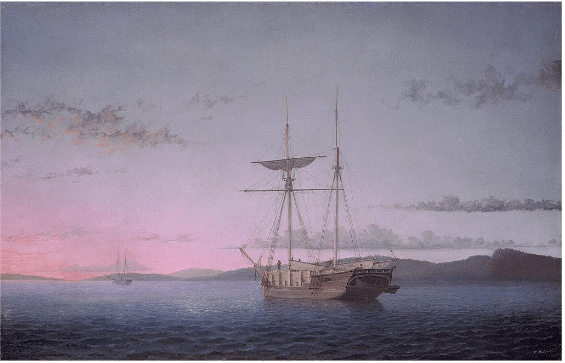
Lumber Schooners at Evening on Penobscot Bay, 1863, National Gallery of Art, Fitz Henry Lane.
Classic American art and literature contain treasure troves of meaning and beauty. It’s easy, in the process of learning what painting is and how to do it, to leave this rich inheritance sitting on the table.
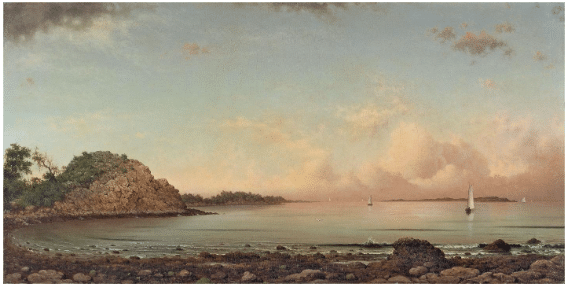
Yet, exploring the art of the past teaches you why people paint as they do, as well as how you can as well. Familiarity with historical greatness enriches your knowledge and informs your skillset. These works still have power to touch and inspire you if you let them.
Something to Try
For an inspiring change of pace, create a painting in which you render the light as a uniform glow that infuses the entire scene. Pay attention to slight tonal modulations, and not brushstrokes, to create the effect of radiant light.
Most painters think of light as falling upon objects from a single “directional” source. Of course, this is correct but just for fun, is there any way to push this envelope, so that light takes on a luminous, incandescent quality, as if to some extent it radiates from the subject as well as bouncing off it?
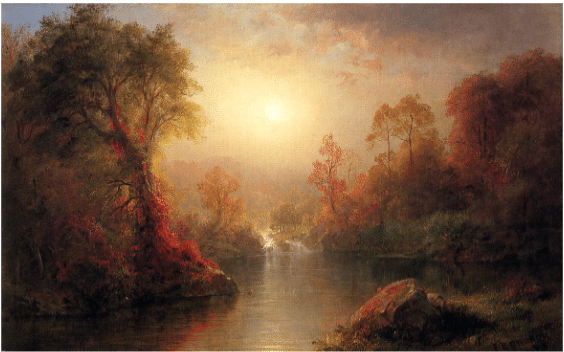
Frederic Edwin Church, Autumn, oil, 24.02″ x 15.51″ (1875)
Something to Think About: How does luminism continue to influence contemporary painting? Is it still possible, or even desirable, to understand our world, or certain aspects of it, in the same way as the artists and writers of the past?
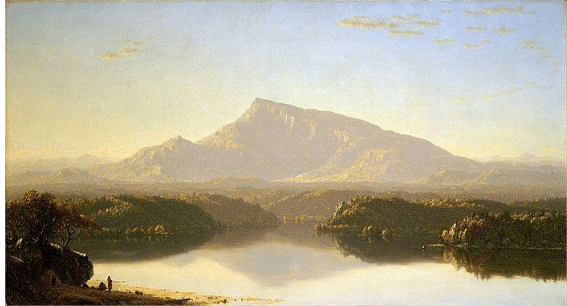
Sanford Robinson Gifford, The Wilderness (1860)
A Contemporary Take on Luminism
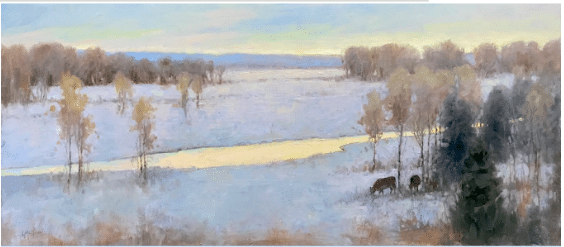
Lori McNee, Western Winter, oil, 19” x 43” (2019)
Contemporary painter Lori McNee believes the American Luminists still have much to teach us.
“Their goal was not merely to illustrate nature’s radiance, but also to interpret the landscape with a spiritual meaning,” she says. “William Keith’s words could apply to this earlier generation: “What a landscape painter wants to render is not the natural landscape, but the state of feeling which the landscape produces in himself.”
McNee’s work demonstrates how being influenced by the best of the past can strengthen one’s work and help to form a personal painting style. Her paintings masterfully embody the task of creating an overall luminosity in the landscape, where the light infuses the entire surface as if from within. Her subjects and compositions are contemporary and her own – not imitations of nineteenth-century arrangements of old world flora and fauna.
Lori shares her technique using water-mixable oils in her video Luminous Landscape Painting.

